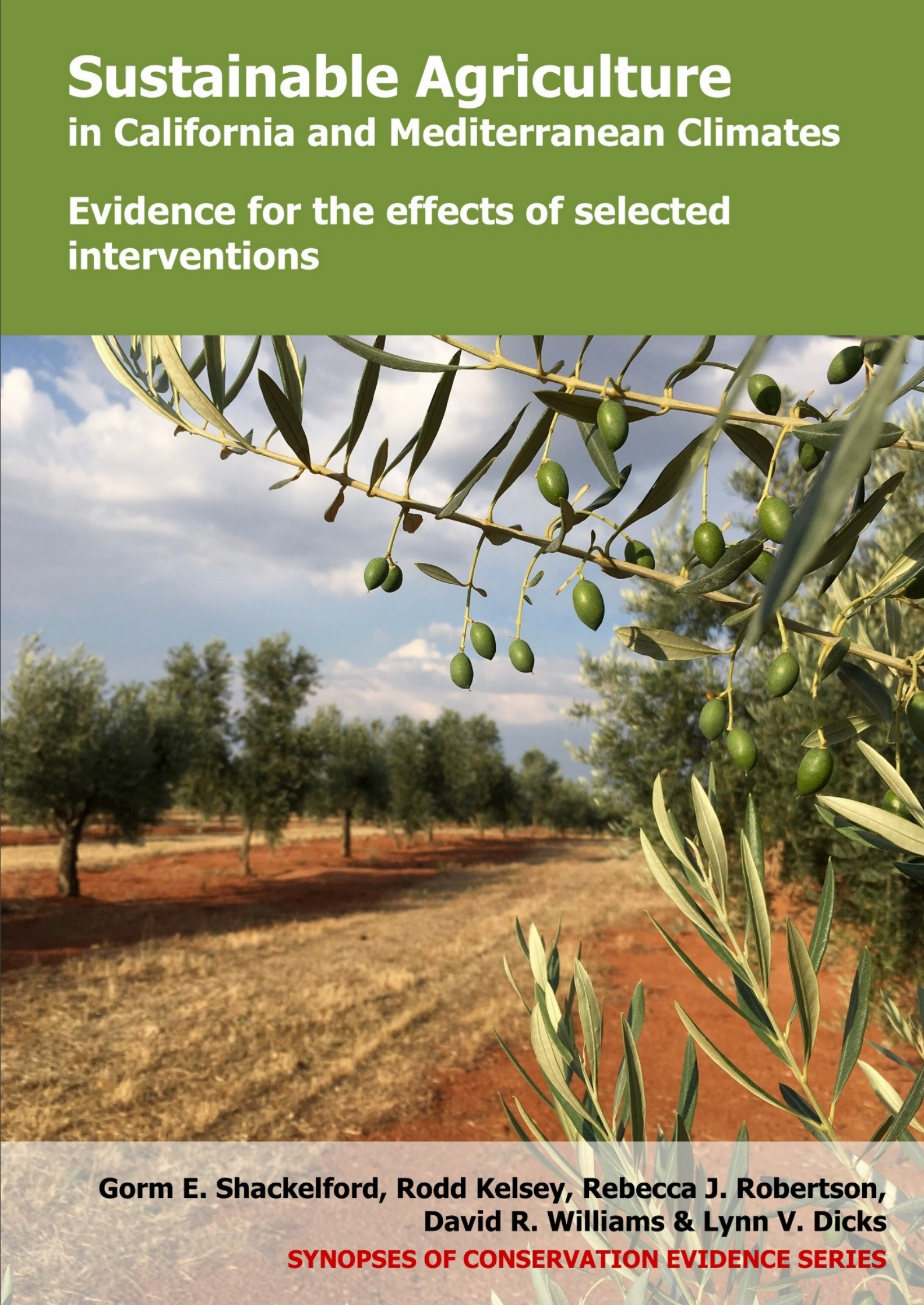Pest regulation: Add compost to the soil
-
Overall effectiveness category Unknown effectiveness (limited evidence)
-
Number of studies: 3
View assessment score
Hide assessment score
How is the evidence assessed?
-
Effectiveness
30% -
Certainty
23% -
Harms
0%
Study locations
Supporting evidence from individual studies
A replicated, randomized, controlled study in 1998–2000 in farmland in the Salinas Valley, California, USA, found no differences in most crop diseases or crop pests, in plots with or without added compost. Pest numbers: Less corky root disease was found in plots with added compost, compared to plots without it, in one of six comparisons (2.2 vs 2.9 disease severity, on a scale from 1 to 12, on which 12 is the highest severity). Similar amounts of Sclerotina minor disease, big vein disease, or pea leafminers Liriomyza huidobrensis were found in plots with and without added compost (S. minor: 0.3–1.9% vs 0.3–1.8% of plants had symptoms; big vein: 3.0–3.6% vs 2.7–3.4% of plants had symptoms; leafminers: 10–81 vs 8–98 insects/sticky card). Methods: There were four plots (0.52 ha), for each of four treatments (minimum tillage or conventional tillage, with or without added organic matter). In plots with added organic matter, compost was added two times/year, and a cover crop (Merced rye) was grown every autumn or winter. The compost was made from municipal yard waste, salad packing plant waste, horse manure, clay, straw, and other compost. Lettuce or broccoli crops were grown in raised beds. Soils were disturbed to different depths (conventional tillage: 50 cm with disking, cultivating with a liliston, sub-soiling, bed re-making, and bed-shaping; minimum tillage: 20 cm with a liliston, rollers, and bed-shaping). It was not clear whether these results were a direct effect of adding compost or growing cover crops.
Study and other actions testedA replicated, randomized, controlled study (year not reported) in a Mediterranean country (possibly Greece, since all of the authors had addresses in Greece) found less disease and fewer dead tomato plants in pots with added compost, compared to pots without added compost, in some comparisons. Pest regulation: Less disease was found on tomato leaves taken from pots with added compost, compared to pots without added compost, after the leaves were inoculated with Septoria lycopersici (sum of spot diameters: 0.3–4.0 vs 9.0 mm/leaf, in five of nine comparisons; number of spots: 2.5–3.5 vs 10.3 spots/leaf, in three of nine comparisons). Crop damage: Fewer dead tomato plants were found in pots with added compost, after the pots were inoculated with Phytophthora nicotianae (0–44% vs 96–99% dead plants) or Fusarium oxysporum (5–47% vs 39–86%; 18 of 23 comparisons). Methods: For each of two pathogens (P. nicotianae or F. oxysporum), there were nine pots (300 cm3) for each of nine treatments (types of compost) and one control (no compost). All pots were inoculated with a pathogen when the tomato seeds were planted or one month before. Dead plants were counted daily. For another pathogen (S. lycopersici), there were six tomato plants for each of the nine treatments and one control. When these plants were four weeks old, one leaf from each was inoculated with S. lycopersici. Disease spots were measured after five days. The composts were made from olive-mill waste (leaves, press cakes, and wastewaters), grape waste, and mushroom waste. Tomatoes were grown in a growth chamber (25oC, 16 hour photoperiod, irrigated daily).
Study and other actions testedA replicated, controlled study in 2014 in 29 organic vegetable fields on the Central Coast, California, USA, found similar numbers of pests, pathogens, and natural enemies, and similar levels of pest regulation, in plots with or without added compost. Pest regulation: Similar percentages of pests (Helicoverpa zea corn earworm eggs, Spodoptera exigua beet armyworm larvae, and Macrosiphum euphorbiae potato aphids) were consumed by natural enemies in plots with or without added compost (data reported as model coefficients). Ratio of natural enemies to pests: Similar ratios of natural enemies to pests (mostly aphids) were found in plots with or without added compost (data reported as model coefficients). Pest numbers: Similar numbers of pests (mostly aphids) and pathogens (Escherichia coli bacteria) were found in plots with or without added compost (one sample from each had E. coli, but neither had shiga toxins; data on pests reported as model coefficients). Methods: In each of 29 vegetable fields, compost was added to one plot, but not to one adjacent plot (5 x 5 m plots), 1–2 months before lettuces were planted (25 t compost/ha, made from cow, chicken, and green manures). Lettuces were planted in spring (5–28 March) and summer (30 May–5 July). Pests and natural enemies were collected in pitfall traps (three/plot, 7.5 cm diameter) and pan traps (two/plot, blue and yellow, 15 cm diameter) after 48 hours of trapping (one sample when lettuces were seedlings and one when mature). Pests were also collected from three mature lettuces/plot. Five S. exidua larvae (second or third instar) and 25–70 H. zea eggs, glued to paper cards, were used to monitor pest regulation (48 hours/plot when lettuces were seedlings and when lettuces were mature). Regulation of aphids was measured by comparing mature lettuces in field cages (40 x 40 x 40 cm cages, 0.4 x 6 mm mesh, three caged lettuces/plot, two open cages and one closed to excluded natural enemies; all insects were removed and 50 aphids were added to one closed and one open cage/plot; aphids were collected from all three lettuces after two weeks). E. coli bacteria were measured in soil samples in spring (1.25 cm diameter, 0–10 cm depth).
Study and other actions tested
Where has this evidence come from?
List of journals searched by synopsis
All the journals searched for all synopses
This Action forms part of the Action Synopsis:
Mediterranean Farmland
Mediterranean Farmland - Published 2017
Mediterranean Farmland synopsis





)_2023.JPG)














